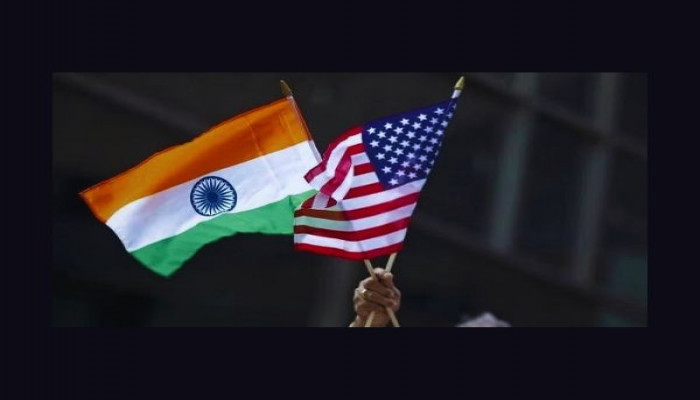India and US sign terms of trade for bilateral trade agreement
- In Reports
- 06:38 PM, Apr 15, 2025
- Myind Staff
India has formally decided to advance its trade liberalisation efforts with the United States, signalling a renewed push to strengthen economic ties between the two nations. On Tuesday, Commerce Secretary Sunil Barthwal confirmed that India and the US have signed the terms of reference for the initial phase of a bilateral trade agreement. This development marks a significant step forward in an initiative that began in February 2025, when both sides agreed to work toward a trade pact to be concluded by the end of the year. The agreement also aims to increase bilateral trade to $500 billion by 2030.
Prime Minister Narendra Modi recently visited Washington, DC, where he met with US President Donald Trump at the White House. Their discussion focused on enhancing the India-US strategic partnership across key sectors, underlining the political will on both sides to resolve long-standing trade disagreements.
Virtual and In-Person Negotiations to Begin
As part of the process, the two countries will begin virtual negotiations later this month. According to Rajesh Agrawal, Additional Secretary in the Ministry of Commerce, the next round of in-person discussions is scheduled for mid-May. These talks are expected to lay the groundwork for addressing critical trade barriers and finalising mutually beneficial terms.
“India has decided to go for a path of trade liberalisation with the US,” Commerce Secretary Barthwal stated, emphasising the country’s intent to reduce existing trade restrictions and create a more open economic relationship with Washington.
Temporary Relief from US Tariff Hikes
In a related development, US President Donald Trump announced on Wednesday a 90-day pause on most tariff hikes for key trading partners, including India. This decision offers temporary relief to Indian exporters, who have been facing pressure due to escalating global trade tensions, particularly between the US and China. While announcing increased duties on Chinese goods, Trump’s move to spare other partners for now reflects a strategic effort to maintain cooperation with allies such as India.
China’s Response to US Tariff Policy
China, meanwhile, has reacted strongly to the US's continued use of reciprocal tariffs. On Sunday, China’s Ministry of Commerce urged Washington to completely eliminate these tariffs. A ministry spokesperson told AFP, “We urge the US to take a big step to correct its mistakes, completely cancel the wrong practice of 'reciprocal tariffs' and return to the right path of mutual respect.”
High-Level Engagement Amid Trade Deficit Concerns
Despite President Trump frequently referring to India as a “tariff abuser” and the “tariff king,” Prime Minister Modi was one of the first world leaders to visit the United States following Trump’s return to the White House. During his visit in February, both countries reaffirmed their commitment to resolving tariff-related disagreements and initiating a structured path toward a comprehensive trade agreement.
At present, the United States runs a trade deficit of $45.6 billion with India. In an effort to ease tensions and foster better trade relations, India has pledged to ramp up purchases of American defence and energy products. These measures are intended to address Washington’s concerns and balance trade between the two nations.
Toward a Robust Economic Partnership
India’s decision to move ahead with trade liberalisation reflects a clear intention to deepen its economic engagement with the United States. With a defined timeline, mutual commitments and high-level political dialogue, the foundation for a new bilateral trade architecture is steadily taking shape. If successful, this agreement could significantly boost trade flows, reduce tariff disputes, and solidify the economic partnership between two of the world’s largest democracies.







Comments